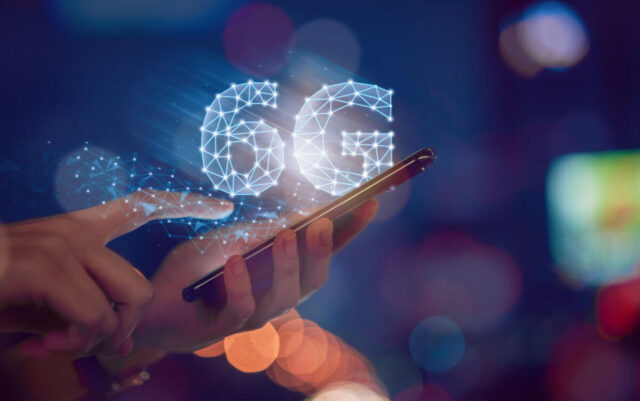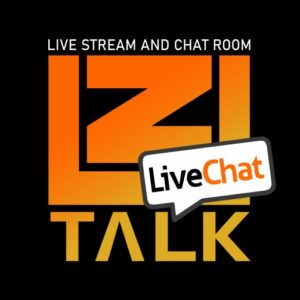By Tim Brown
Remember when President Donald Trump pushed the rollout of 5G, and added that he wanted 6G, 7G and so on? Well, guess what? Not only do we know the dangers of 5G but apparently, scientists are now wanting to use people as antennas to power their sixth-generation technology! Does anyone else see how this ties into graphene oxide being put into virtually everything?
Tim Childers reported at Popular Mechanics:
- The future of 6G telecommunications could come from Visible Light Communication.
- Researchers at the University of Massachusetts Amherst believe using humans as part of the antenna system offers the most efficient way to harvest waste energy.
- In the process, humans could wear coiled copper.
We don’t yet know exactly how 6G wireless technology is going to work. But researchers at the University of Massachusetts Amherst believe using humans as antennas to power 6G may be the most viable way to harvest additional energy that would otherwise get wasted.
In the always-present effort to speed up informational exchange, scientists have already started investigating Visible Light Communication (VLC), basically a wireless version of fiberoptics, that uses flashes of light to transmit information. Adding VLC to 6G spurred the UMass Amherst team to dig even deeper.
First, some background on 6G. As a refresher, 5G—what is considered the fifth, and most recent generation of cellular broadband networks—is still in its infancy. True 5G networks operate in millimeter-wave frequencies between 30 and 300 Gigahertz, which are 10 to 100 times higher frequency than previous 4G cellular network. (Some cell phone providers cheat, however, by claiming the upper end of the 4G spectrum as 5G).
The definition of these cellular generations are defined by a global partnership known as 3GPP. Given the history of the never-ending march of technology, it’s inevitable that 5G will be replaced by a new network in the future. It just isn’t entirely clear what 6G will be.
In the meantime, in the new study, the UMass Amherst scientists found that humans can play a crucial role in making VLC more efficient by using their bodies as a carrier for coiled copper to catch waste energy from VLC. Lead study author Jie Xiong, UMass Amherst professor of information and computer sciences, explains:
“VLC is quite simple and interesting. Instead of using radio signals to send information wirelessly, it uses the light from LEDs that can turn on and off, up to one million times per second.”
LEDs bulbs can then transmit data, and “anything with a camera, like our smartphones, tablets, or laptops could be the receiver,” Xiong says…
READ FULL ARTICLE HERE…. (thewashingtonstandard.com)
Home | Caravan to Midnight (zutalk.com)






